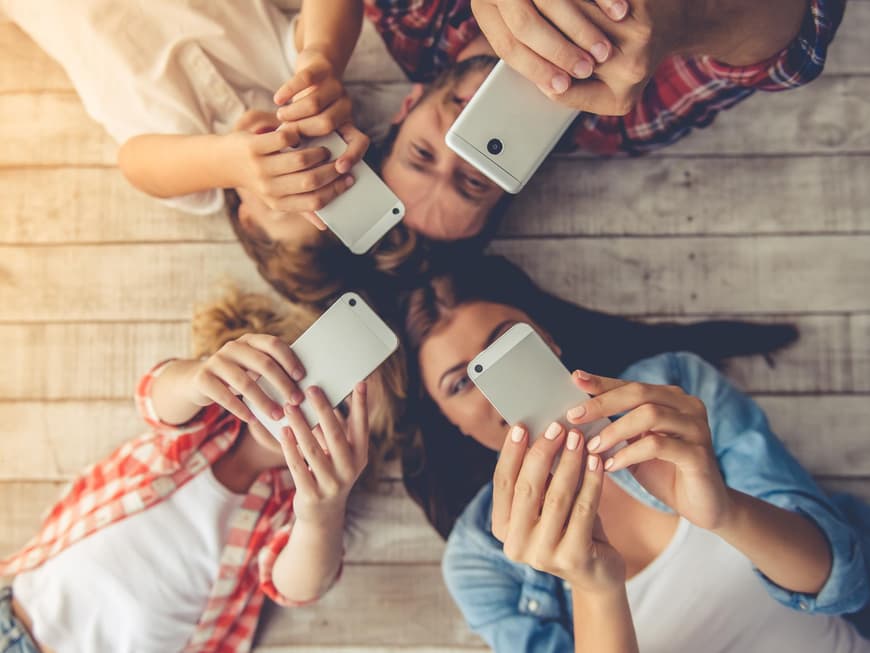
Some of us now find it difficult to think back to the days "without" - although it wasn't so long ago that the smartphone began its triumphal march. In 1996, Nokia launched the first model on the market as a "pocket-sized office" - for a hefty 2,700 marks at the time. Initial reactions were cautious, and the term smartphone only became established later. Today, for many of us, it is a very important everyday companion that makes our lives much easier, offers great entertainment - and is surrounded by a number of myths.
Switch off the WLAN
No: If your cell phone is connected to a WLAN network, you can leave it switched on. A lot of energy is only consumed when the cell phone is unsuccessfully searching for WLAN networks.
Rice helps with moisture
This is actually true: If the cell phone has become a little damp, switch it off, remove the SIM card and battery, dry the cell phone with a lint-free cloth and cover it completely with rice in a container. The rice removes the moisture.
Safety
Experts recommend protecting your cell phone with a PIN. This is even more secure than a fingerprint scanner.
Charging your cell phone battery
This myth is true: The battery of cell phones in airplane mode charges twice as fast as in online mode.
Darker display
True, a dark background image can extend battery life. However, this only applies to so-called OLED displays. It hardly has any effect on others.
Refrigerator
Supposedly, the battery lasts longer if you store it in the fridge when not in use. In fact, it loses its charge a little less quickly there - but the effect is so minimal that it is not worth the effort. It also gets damp quickly in the fridge.
Original parts
It is always said that smartphones need their original power supply unit in order to function properly. However, tests have shown that we can also use power adapters from other devices without harming our cell phone. It is more important to make sure that all parts and cables are undamaged.
The fact is...
49% of all smartphone users are women, and the trend is rising. On average, we look at our cell phone 88 times a day and use it mainly for surfing the Internet or text messaging.
